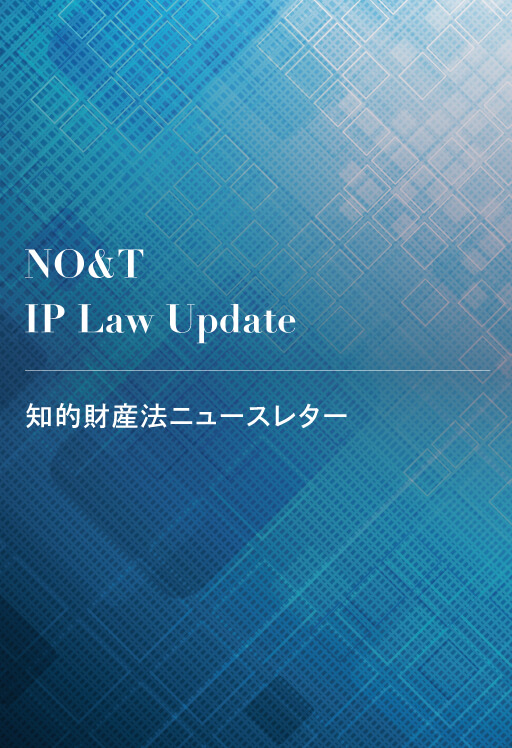
NO&T IP Law Update
NO&T Health Care Law Update
On March 19, 2025, the Grand Panel of the Intellectual Property High Court (the “IPHC”) rendered their judgment in a patent infringement case. The court reversed a Tokyo District Court’s judgment and found that the defendant had infringed the plaintiff’s patent. This case represents the 16th Grand Panel judgment of the IPHC※1 and was subject to a proceeding calling for third-party opinions (Japanese procedure allowing for non-party submissions of briefs similar to amicus curiae briefs)※2.
This newsletter provides an overview and explains the significance of this judgment based on the text of the judgment published on the official website of the IPHC.
This case involves a dispute over an alleged infringement of a patent for a “Composition for Promoting Subcutaneous Tissue and Subcutaneous Fat Tissue Growth” (the “Patent”) specifically a “Breast Enhancement Composition” comprising three components:
The plaintiff, who holds the Patent, sued a physician who operated a beauty clinic, claiming that the “Blood Breast Enhancement Surgery” offered at the clinic infringed upon the Patent because, in performing such surgery, the physician engaged in unauthorized manufacturing and use of a composition within the technical scope of the patented invention.
At the trial of this case, the Tokyo District Court (the “District Court”) dismissed the plaintiff’s claim, finding insufficient evidence that the defendant had prepared a drug comprising the three above-mentioned components of the Patent. The plaintiff appealed the District Court’s judgment to the IPHC.
The IPHC reversed the District Court’s judgment, finding that the defendant had in fact prepared and administered to patients a breast enhancement composition comprising the three above-mentioned components of the Patent. The IPHC granted in part the plaintiff’s claim for damages.
While the primary difference between the District Court’s and the IPHC’s judgments concerns findings of facts regarding how the defendant administered the composition, the IPHC also ruled on other legal issues that were not addressed in the District Court’s judgment, including the industrial applicability of the patented invention (addressed in Article 29(1) of the Patent Act) and the applicability of the physician’s prescription exemption (addressed in Article 69(3) of the Patent Act).
The defendant alleged that two separate compositions were administered to the patients during the Blood Breast Enhancement Surgery: a cell-free plasma gel (comprising growth factors and other drugs) and a composition comprising emulsifiers and nutrients. The defendant denied preparing a single composition comprising all of the three components recited in the Patent (i.e., the components indicated as I, II and III above).
The District Court recognized the possibility that the three components may have been administered separately (though they might have mixed inside the patient’s body), and therefore found that the defendant had not manufactured nor administered a composition comprising the three above-mentioned components of the Patent.
The IPHC, however, determined that the defendant had in fact combined all three components of the Patent into a single composition before administering it to patients.
It should be noted that the IPHC’s judgment does not address the legal question of whether separate administration of components that subsequently mix inside a patient’s body would constitute patent infringement, as the court determined in this case that the three components were combined before administration.
An invention must demonstrate industrial applicability to be patentable under Article 29(1) of the Patent Act. Although the Patent Act of Japan has no specific provision which explicitly denies patentability for medical procedures, in light of relevant court precedents and actual Japanese patent examination practice, it is generally recognized that a method of surgery, therapy, or diagnosis of humans conducted by a doctor (a so-called “medical activity”) does not fall under “an industrially applicable invention” set out in Article 29(1) of the Patent Act, and thus is not considered patentable.
The defendant argued that because the patented invention includes “autologous plasma” as a component, it is necessary to obtain blood from the patient to manufacture the composition, and the composition is intended to be administered to the same patient. Therefore, the defendant claimed that this invention, which contemplates medical procedures both before and after the “manufacture” of the patented composition, does not constitute an “industrially applicable invention” and the patent should be invalidated.
The IPHC rejected this argument for the following reasons:
One of the main issues in the appeal was whether the defendant’s act of preparing a composition comprising all three components of the Patent was exempt from patent infringement under Article 69(3) of the Patent Act.
Article 69(3)
A patent right for a medical invention (medicine meaning a product used in the diagnosis, therapy, treatment, or prevention of human diseases; hereinafter the same applies in this paragraph) that is to be manufactured by two or more medicines being mixed together or for the invention of a process by which a medicine is manufactured by two or more medicines being mixed together has no effect against the act of preparation of a medicine as per a physician's or dentist’s prescription or against medicine prepared as per a physician’s or a dentist’s prescription.
The IPHC ruled that based on the patent specification, the patented composition was clearly intended for breast enhancement for primarily aesthetic purposes, and taking into account current societal norms, such a composition could not be considered “a product used in the diagnosis, therapy, treatment, or prevention of human diseases”.
Therefore, the patented invention does not qualify as “a medical invention … to be manufactured by two or more medicines being mixed together” and therefore Article 69(3) of the Patent Act does not apply, regardless of whether the defendant’s act constitutes “dispensing based on a prescription.”
The IPHC found that between May 27, 2020, and July 24, 2021, the defendant manufactured compositions within the technical scope of the patented invention and used them in the Blood Breast Enhancement Surgery at his clinic, generating approximately 170 million yen in revenue during this period.
Considering various factors, the court calculated damages under Article 102(3) of the Patent Act as 8% of the above revenue, and awarded the plaintiff approximately 15.03 million yen (including attorney’s fees).
This judgment affirms that “product inventions” requiring medical procedures before and after manufacturing (obtaining blood from a patient and administering the final product to the same patient) can be qualified as “industrially applicable inventions” under the Patent Act.
While Japan Patent Office’s Examination Guidelines state that “methods of surgery, therapy or diagnosis of humans” lack industrial applicability and include “methods of processing something taken from a human being premised on returning it to the same person for treatment” as a type of medical procedure, this judgment clarifies that when claimed as a “product invention” rather than a “method invention”, such invention can be patentable. This confirms that medical-related inventions, when claimed as “product inventions”, generally have industrial applicability in accordance with Japan Patent Office’s Examination Guidelines.
Regarding medical-related inventions and patents, there are two regulatory approaches: (i) the “upstream regulation” approach taken by Japan and Europe, which excludes treatment methods from patentability, and (ii) the “downstream regulation” approach taken by the United States, which includes treatment methods as patentable subject matter but provides exemptions for medical practitioners. Although the introduction of downstream regulation has been considered in Japan’s Industrial Structure Council and Intellectual Property Strategy Headquarters, no consensus has been reached, and advances in patenting cutting-edge medical technologies have been addressed through revisions to the Examination Guidelines rather than through legislative changes.
The judgment also clarifies that compositions intended primarily for aesthetic purposes do not qualify as “substances used for diagnosis, therapy, treatment or prevention of human diseases” under Article 69(3) of the Patent Act. While some argue that Article 69(3) of the Patent Act should not be interpreted restrictively, this judgment clearly establishes that compositions for aesthetic purposes are not covered by this exemption.
Finally, as mentioned earlier, this judgment did not address whether separate administration of components that subsequently mix inside a patient’s body would constitute patent infringement. This remains an open question for future cases.
*1
A Grand Panel judgment is not a judgment relating to a single case; rather, several judgments/decisions relating to several cases addressing the same legal issues were rendered by the Grand Panel of the IPHC on the same day. By counting such group of judgments/decisions collectively as one Grand Panel judgment, this case is recognized as the 16th Grand Panel judgment issued.
*2
A proceeding calling for third-party opinions (set out in Article 105(2-11) of the Patent Act) was introduced by the 2021 amendment to the Patent Act. This case is the second case in which third-party opinions were solicited by way of this proceeding. For information on the first case where third-party opinions were solicited, please refer to our NO&T IP Law Update No.1, “Judgment rendered by the Grand Panel of the Intellectual Property High Court on May 26, 2023, regarding the Principle of Territoriality” (June 2023) and No.10, “Patents: – The Principle of Territoriality: Two Notable Judgments of the Supreme Court of Japan rendered on March 3, 2025” (March 2025).
This newsletter is given as general information for reference purposes only and therefore does not constitute our firm’s legal advice. Any opinion stated in this newsletter is a personal view of the author(s) and not our firm’s official view. For any specific matter or legal issue, please do not rely on this newsletter but make sure to consult a legal adviser. We would be delighted to answer your questions, if any.
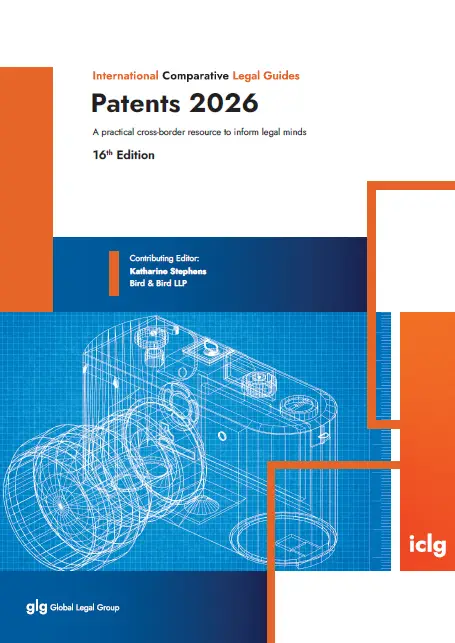

(October 2025)
Kenji Tosaki


Kenji Tosaki, Takahiro Hatori, Nozomi Kato (Co-author)


Claire Chong, Nozomi Kato (Co-author)
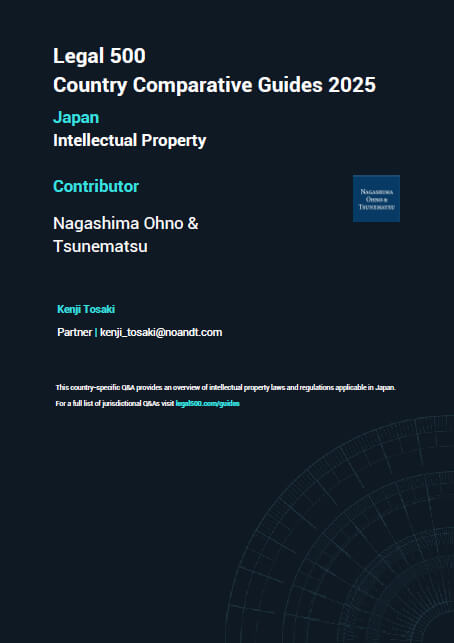

(September 2025)
Kenji Tosaki


(October 2025)
Kenji Tosaki


Kenji Tosaki, Takahiro Hatori, Nozomi Kato (Co-author)


(September 2025)
Kenji Tosaki


Kenji Tosaki, Ryo Tonomura (Co-author)


(October 2025)
Kenji Tosaki


Kenji Tosaki, Takahiro Hatori, Nozomi Kato (Co-author)


(September 2025)
Kenji Tosaki


Kenji Tosaki, Ryo Tonomura (Co-author)


(October 2025)
Kenji Tosaki


(September 2025)
Kenji Tosaki
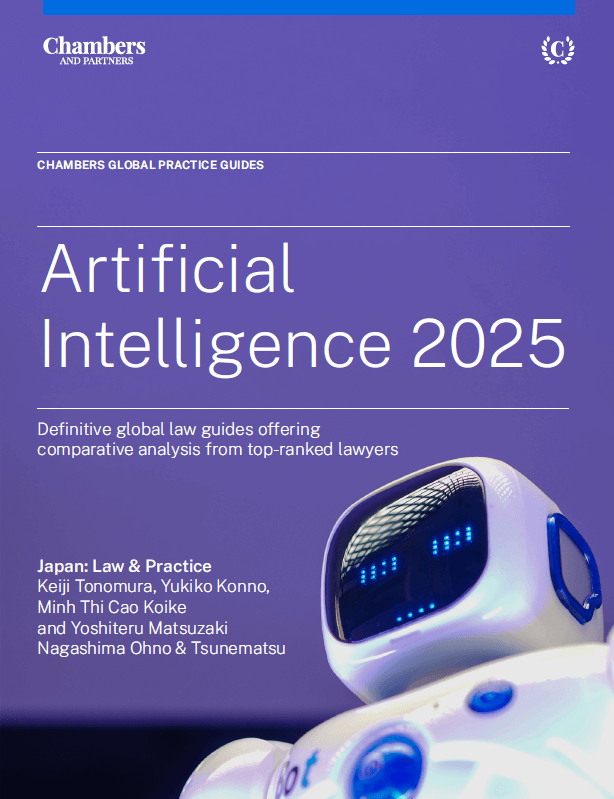

(June 2025)
Keiji Tonomura, Yukiko Konno, Minh Thi Cao Koike, Yoshiteru Matsuzaki (Co-author)
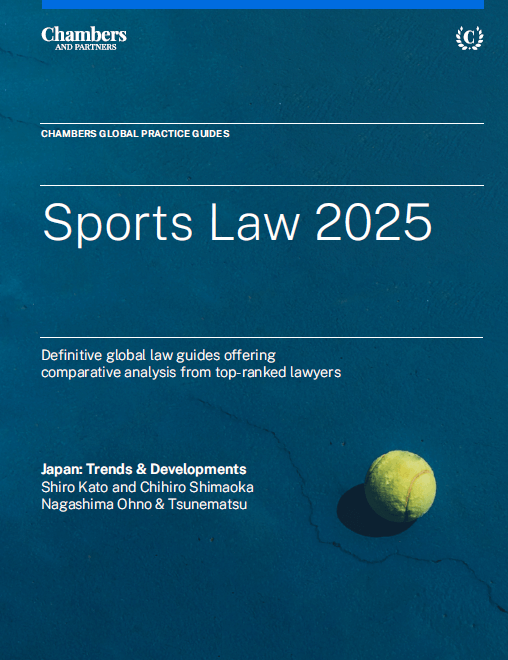

(April 2025)
Shiro Kato, Chihiro Shimaoka (Co-author)


Kenji Tosaki, Takahiro Hatori, Nozomi Kato (Co-author)


Kenji Tosaki, Ryo Tonomura (Co-author)


Kenji Tosaki, Takahito Hirayama (Co-author)


Kenji Tosaki, Nozomi Kato (Co-author)


Kenji Tosaki, Takahiro Hatori, Nozomi Kato (Co-author)


Kenji Tosaki, Ryo Tonomura (Co-author)
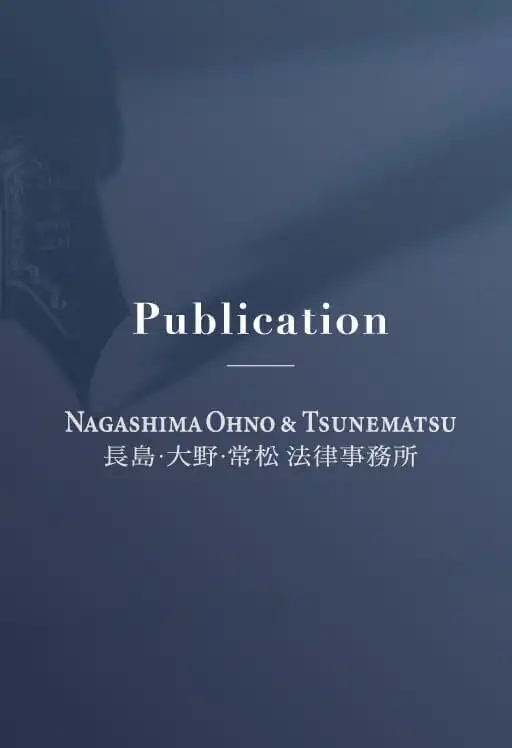

(June 2025)
Shin Koike


Kenji Tosaki, Takahito Hirayama (Co-author)